Opportunities and Challenges for Buy Now Pay Later Providers in the UK: Navigating New Regulations and Building Trust
Regulations and creditworthiness checks have come at a crucial time in the UK market. With the cost-of-living crisis causing havoc to some consumers’ finances, many may resort to short-term borrowing and BNPL to alleviate financial struggles, and it is this group of consumers who are at the highest risk of finding themselves in spiralling debt. The impact of the new regulations may also offer significant opportunities for existing and entrant BNPL providers to build trust and better serve customer needs.
Challenges for BNPL Providers
The introduction of regulation may bring reassurance to consumers either already using BNPL or those who have been hesitant to try BNPL services. However, this might not hold true, particularly during the early stages of the introduction of regulation. Consumer trust is something every BNPL provider has tried to build since entering the market, but overall, the BNPL brands such as Klarna and Clearpay still fall woefully short when compared to the more established high street banks. This explains, at least in part, why UK banks have enjoyed initial success upon entering the BNPL space.

It isn’t hard to imagine that some of the smaller BNPL providers will struggle to adjust following the introduction of BNPL regulations and some BNPL brands may choose to leave the UK market as a result. What impact could that have on the consumer and how they perceive the BNPL brands that choose to remain in the market? In the short-term, consumer trust in BNPL providers may weaken.
Opportunities for BNPL Providers & New Market Entrants
As some BNPL players exit the UK market, the awareness of the remaining BNPL brands could grow at an accelerated rate due to reduced competition, which could lead to greater familiarity and potentially greater levels of trust in these brands. Thus, 2023 could signal the perfect time for UK banks to enter the BNPL space.
The banks that have already launched their own BNPL products have enjoyed some initial success upon entering the space. Backed by strong reputable brands, consumers who were hesitant using BNPL services offed by BNPL providers are certain to feel more comfortable use this type of credit product when it is provided by a bank. However, banks should remain mindful that over a longer period of time, this may in fact strengthen consumer trust in BNPL as a service overall and may lead some of these consumers to choose to try the services of non-bank BNPL providers. This is also why banks should begin looking into ways that they can better differentiate their product from the products being offered by the BNPL providers. RFI Global data shows that flexibility could be key here.
Understanding Consumer Needs is Key to Increasing Market Penetration
Flexibility when it comes to repayments is greatly desired by consumers. So much so that many would be willing to pay either an upfront fee or interest to use a BNPL service if it allowed them more control over the length of the repayment term, i.e., the number of . This is aligned with the fact that evermore consumers wish to use BNPL to make big-ticket purchases, such as electronics – ones that realistically cannot be paid off in just 3 instalments over 3 months.

Another impact regulation may have on consumers relates to the number of BNPL providers they are using. RFI Global data shows that the majority of consumers have used the services of multiple BNPL providers, and with no sight of the combined credit limit customers have access to, BNPL providers have no way of knowing who is worthy of credit and who is not. This has allowed some consumers to overextend themselves without realising.

The line between credit and payment has become somewhat blurred for BNPL, especially amongst Gen Zs who are least likely to have used a more traditional credit product in the past, which too poses a risk to consumers. The process of completing an affordability check may help some consumers realise that there are potential risks to using BNPL and that it is, in fact, a credit product. Regulation is also likely to have an impact on how BNPL providers are advertising their products and services – as will the upcoming FCA Consumer Duty – it will become increasingly important for BNPL providers to ensure their ads are not misleading to consumers. This could further aid consumers in recognising BNPL as a form of credit and not just a convenient way to pay for online purchases.
Funding BNPL in a Regulated Environment
RFI data shows that the majority of BNPL users are either unsure of the potential BNPL fees and charges or do not fully understand them. But will some BNPL users become hesitant to continue using BNPL once they better understand the risks? Its free-to-use essence is a key driver of usage and BNPL choice, so it is possible that some consumers will be shaken once they discover these services aren’t always ‘free’ to use. This could also lead to some consumers reducing the number of providers they are using, which could put greater pressure on some of the smaller BNPL providers.
In addition to the BNPL regulation and Consumer Duty, the rise of interest rates has put BNPL providers on the back foot, and many may be scurrying to find alternative ways to fund their lending. Thus, we may begin to see some BNPL providers apply for UK banking licenses. Holding consumer deposits is certainly one-way BNPL providers could fund BNPL lending in a high-interest-rate environment. Would consumers feel comfortable holding their money with this type of provider, especially if a number of BNPL brands leave the market in the coming months?
Summary
The UK’s new regulations and creditworthiness checks for buy now pay later (BNPL) products offer significant opportunities for existing and new BNPL providers to build trust and better serve customer needs. However, the introduction of regulation may weaken consumer trust in BNPL providers in the short-term, particularly for smaller players that may struggle to adjust. As some BNPL providers exit the UK market, this could create an opportunity for UK banks to enter the BNPL space. Banks should focus on understanding consumer needs, offering flexibility in repayment terms, and differentiating their product from non-bank BNPL providers. Trust is key, and banks currently hold the upper hand when it comes to consumer trust.
Get in touch for more insights.
For more information on BNPL, click here.
Subscribe to the Banknote to receive monthly trends straight to your inbox.






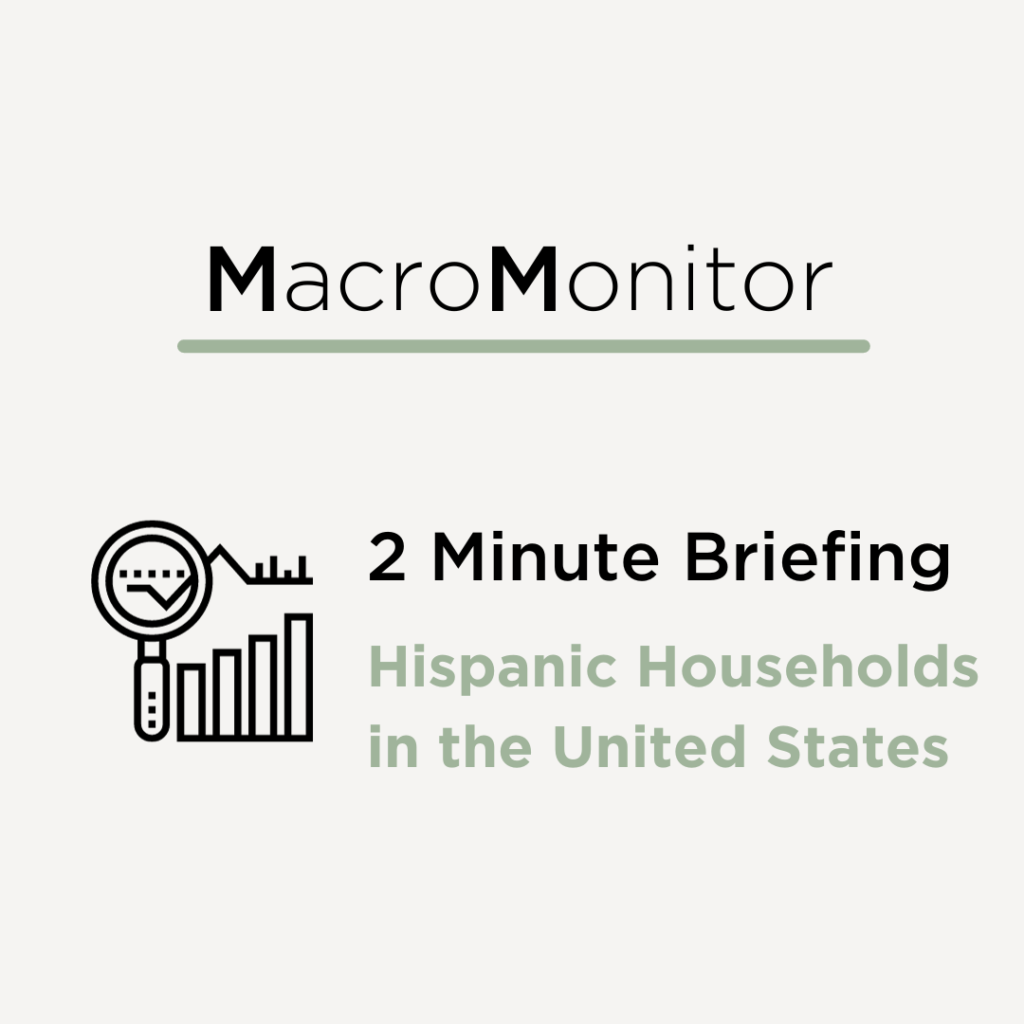



















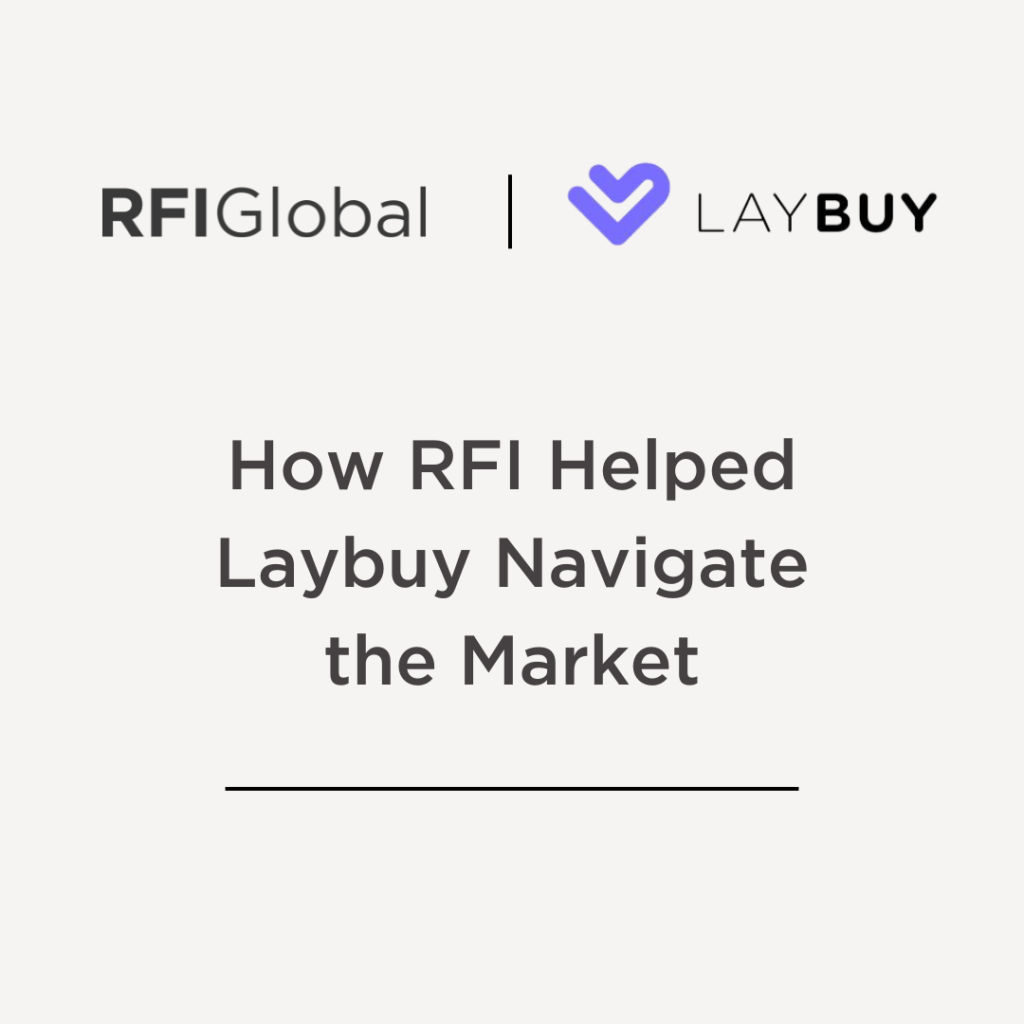








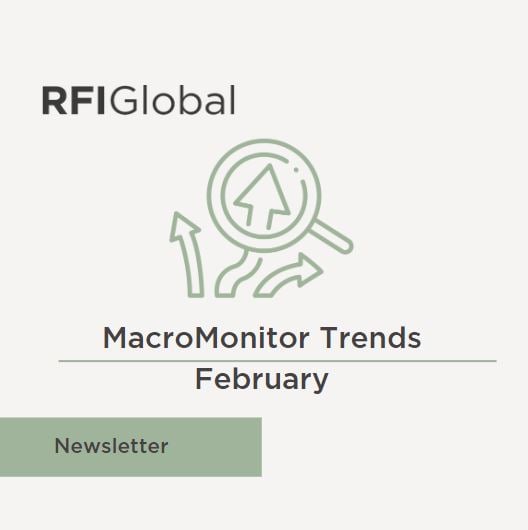

































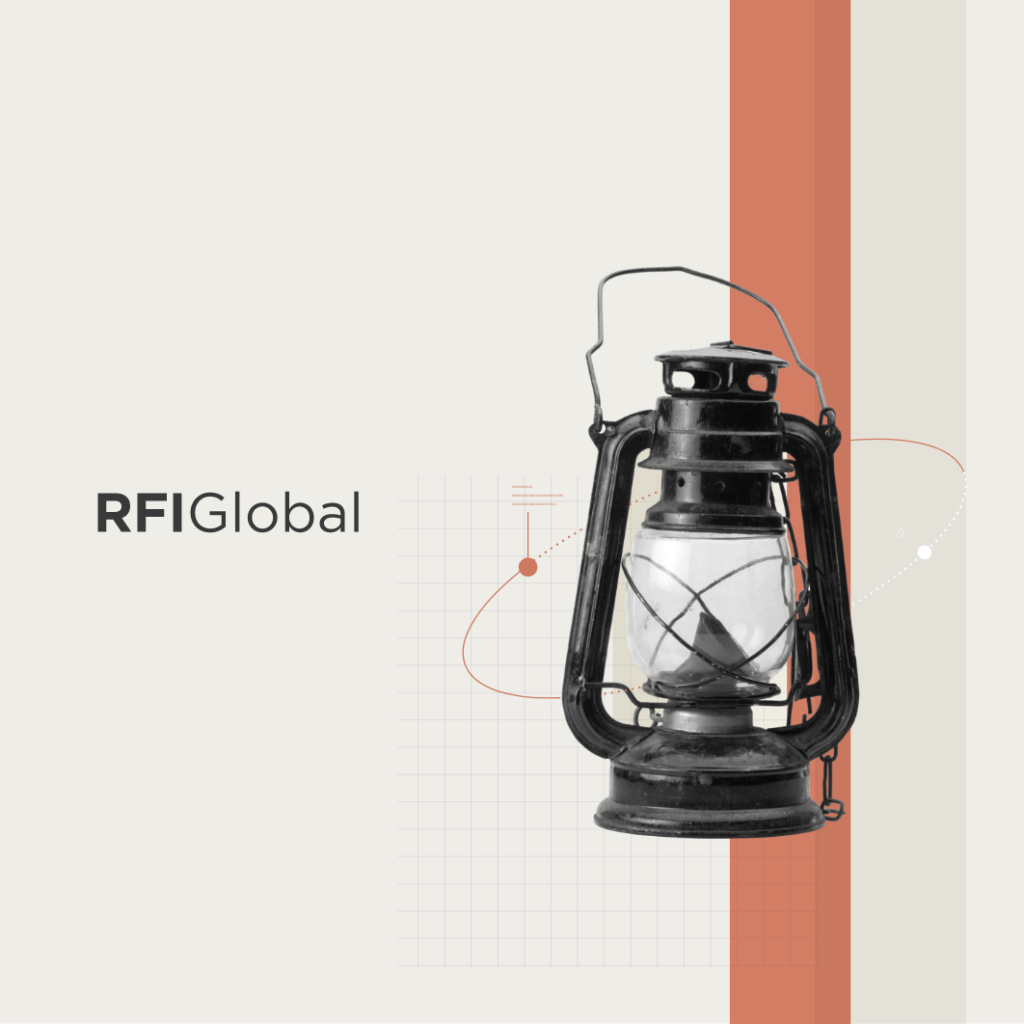

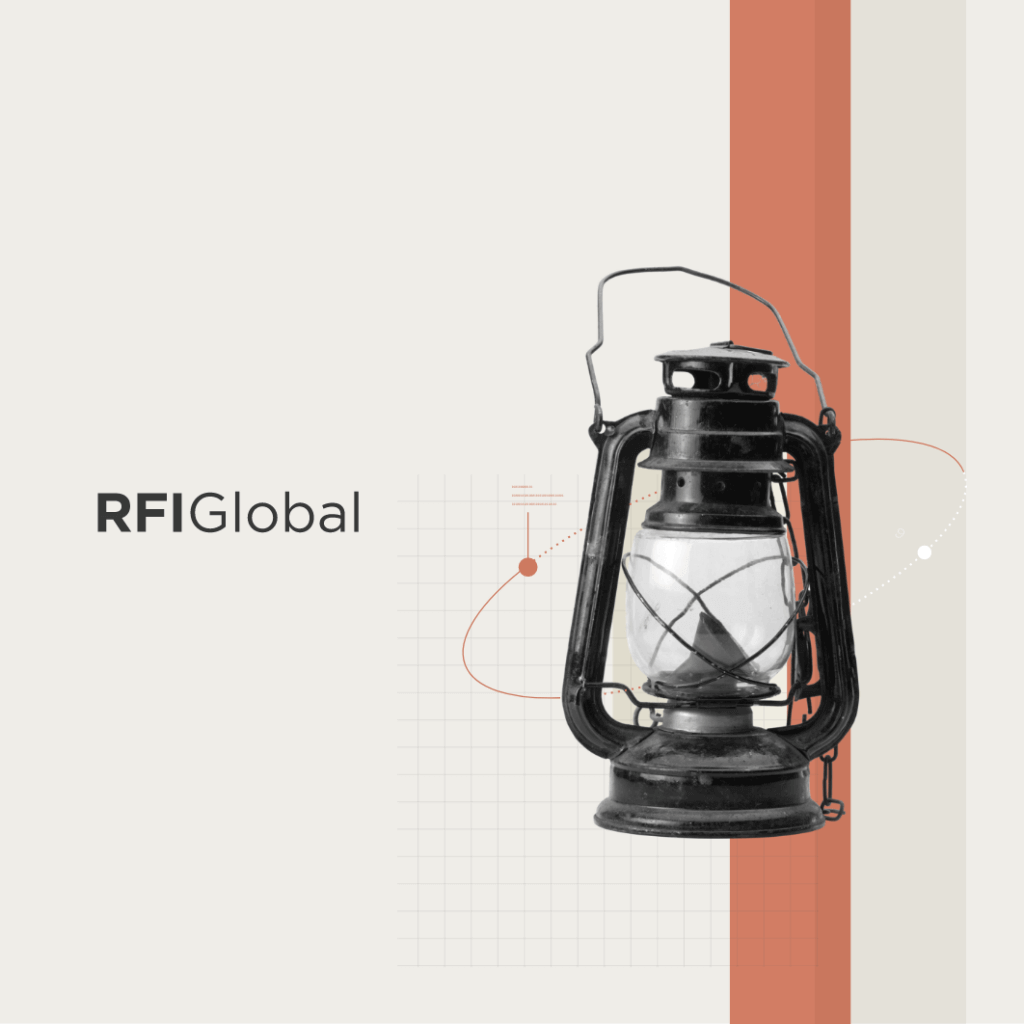
/NQA-ISO-27001-Logo-UKAS.jpg)